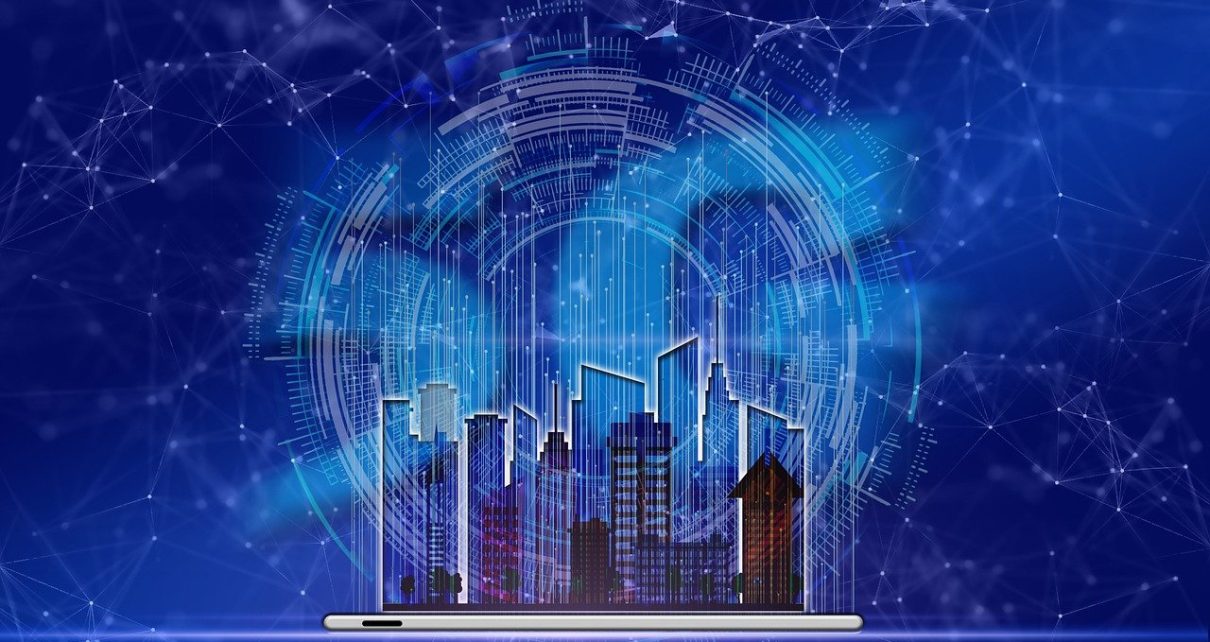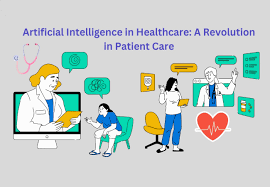The arrival of 5G technology represents a groundbreaking advancement in internet connectivity. As the fifth generation of mobile networks, 5G is not just an upgrade over its predecessor, 4G; it represents a complete transformation in how we connect, communicate, and interact with the digital world.
With promises of ultra-fast speeds, reduced latency, and the ability to connect billions of devices seamlessly, 5G is poised to reshape the future of internet connectivity in ways we are only beginning to understand. This article delves into the impact of 5G technology and explores how it is set to redefine our digital landscape.
The Evolution of Mobile Networks: From 1G to 5G
To appreciate the significance of 5G, it’s essential to understand the evolution of mobile networks. Each generation of mobile technology has brought with it substantial advancements:
- 1G introduced analog voice calls.
- 2G brought digital voice and basic data services like SMS.
- 3G delivered mobile internet access, making smartphones viable.
- 4G ushered in high-speed internet and enabled the rise of streaming services and mobile apps.
Now, 5G is set to take connectivity to an entirely new level. It offers speeds up to 100 times faster than 4G, incredibly low latency (as low as 1 millisecond), and the capacity to support a massive number of devices simultaneously. But what does this mean for the future of internet connectivity?
Unleashing the Power of Speed: The Need for Ultra-Fast Connectivity
One of the most talked-about features of 5G is its speed. With the ability to reach download speeds of up to 10 Gbps, 5G will revolutionize how we consume content and interact with digital platforms. High-definition video streaming, immersive virtual reality (VR), and seamless cloud gaming will become more accessible and commonplace. For example, downloading a full-length HD movie could take mere seconds, and streaming 4K or even 8K content will become a smooth, buffer-free experience.
However, the impact of 5G’s speed extends beyond entertainment. It will enable real-time communication and collaboration on a scale previously unimaginable. Remote work, telemedicine, and virtual meetings will benefit from ultra-fast, reliable connections, making it easier to share large files, conduct high-quality video conferences, and access cloud-based applications with minimal delay. This will significantly enhance productivity and collaboration across industries.
Reducing Latency: Real-Time Interactions and the Internet of Things (IoT)
While speed is a critical aspect of 5G, the reduction in latency is equally transformative. Latency refers to the time it takes for data to travel from one point to another. In the 4G era, latency typically hovers around 50 milliseconds, but 5G aims to reduce this to as low as 1 millisecond. This near-instantaneous response time will open up new possibilities for real-time interactions.
One of the most exciting applications of low-latency 5G is in the realm of the Internet of Things (IoT). As more devices become interconnected, the need for quick and reliable communication between them becomes paramount. With 5G, smart homes, autonomous vehicles, industrial automation, and smart cities will operate more efficiently. Imagine a world where self-driving cars communicate with traffic lights and other vehicles in real time, significantly reducing the risk of accidents and improving traffic flow. Or consider a factory where machines and robots work together in perfect synchronization, optimizing production processes and reducing downtime.
In healthcare, 5G’s low latency will enable remote surgeries, where specialists can perform procedures on patients from across the globe using robotic instruments. The precise and instantaneous feedback provided by 5G will make such life-saving technologies feasible, revolutionizing the way we think about medical care.
Enhancing Connectivity: The Promise of Massive
5G’s ability to connect a vast number of devices simultaneously will be crucial as the IoT continues to expand. The current 4G networks struggle to manage the increasing number of connected devices, but 5G is designed to handle up to one million devices per square kilometer. This capability will be essential as smart devices proliferate, powering everything from smart homes and wearable technology to connected vehicles and industrial sensors.
The enhanced connectivity provided by 5G will also facilitate the development of new services and applications that leverage the massive amounts of data generated by these devices. For businesses, this means the ability to collect and analyze data in real time, enabling more informed decision-making and the creation of personalized customer experiences. For consumers, it means a more seamless and integrated digital lifestyle, where devices work together to anticipate and meet their needs.
Transforming Industries: 5G’s Impact on Business and Innovation
The influence of 5G will extend far beyond consumer technology; it will also be a catalyst for innovation across various industries. From manufacturing and logistics to healthcare and agriculture, 5G will drive new business models, increase efficiency, and unlock new revenue streams.
In manufacturing, for example, 5G will enable the development of smart factories, where machines, robots, and sensors are connected and communicate in real time. This will lead to more efficient production processes, predictive maintenance, and reduced operational costs. Similarly, in logistics, 5G will allow for real-time tracking of goods, optimizing supply chains and reducing delivery times.
In agriculture, 5G-powered IoT devices can monitor crop health, soil conditions, and weather patterns, providing farmers with real-time data to optimize their practices and increase yields. In healthcare, 5G will enable telemedicine, remote monitoring, and the use of AI to diagnose and treat patients more effectively.
Furthermore, 5G will accelerate the adoption of emerging technologies such as artificial intelligence (AI), augmented reality (AR), and virtual reality (VR). These technologies, combined with the power of 5G, will drive innovation in areas like education, entertainment, and customer service, creating new opportunities for businesses and consumers alike.
The Challenges and Considerations of 5G Deployment
While the potential of 5G is immense, its deployment is not without challenges. Building the infrastructure needed to support 5G networks requires significant investment and coordination between governments, telecommunications companies, and technology providers. The rollout of 5G will also necessitate the installation of a large number of small cells—miniature cell towers that provide coverage over a small area—to ensure the network’s reliability and reach.
Another challenge is the need for global standards and regulations to ensure the seamless operation of 5G networks across different countries and regions. Cybersecurity is also a concern, as the increased connectivity provided by 5G could expose more devices to potential attacks. As 5G networks become the backbone of critical infrastructure, ensuring their security will be paramount.
Finally, there are questions about the environmental impact of 5G technology. While 5G is more energy-efficient than previous generations, the proliferation of connected devices and the infrastructure required to support them could lead to increased energy consumption. Addressing these challenges will require collaboration between stakeholders to ensure that the benefits of 5G are realized while minimizing potential downsides.
The Future of Connectivity: What Lies Ahead
As 5G technology continues to evolve and mature, its impact on internet connectivity will be profound. It will enable the development of new applications and services that were previously unimaginable, transforming industries, enhancing the quality of life, and driving economic growth.
However, the true potential of 5G will only be realized when it is fully integrated into our daily lives. This will require continued investment in infrastructure, the development of new business models, and the creation of global standards and regulations. It will also require a focus on cybersecurity and sustainability to ensure that the benefits of 5G are shared widely and responsibly.
In conclusion, 5G technology is shaping the future of internet connectivity in ways that will redefine our digital landscape. Its speed, low latency, and ability to connect billions of devices will drive innovation, transform industries, and create new opportunities for businesses and consumers alike. As we stand on the brink of this new era of connectivity, the possibilities are limitless, and the future is bright.



